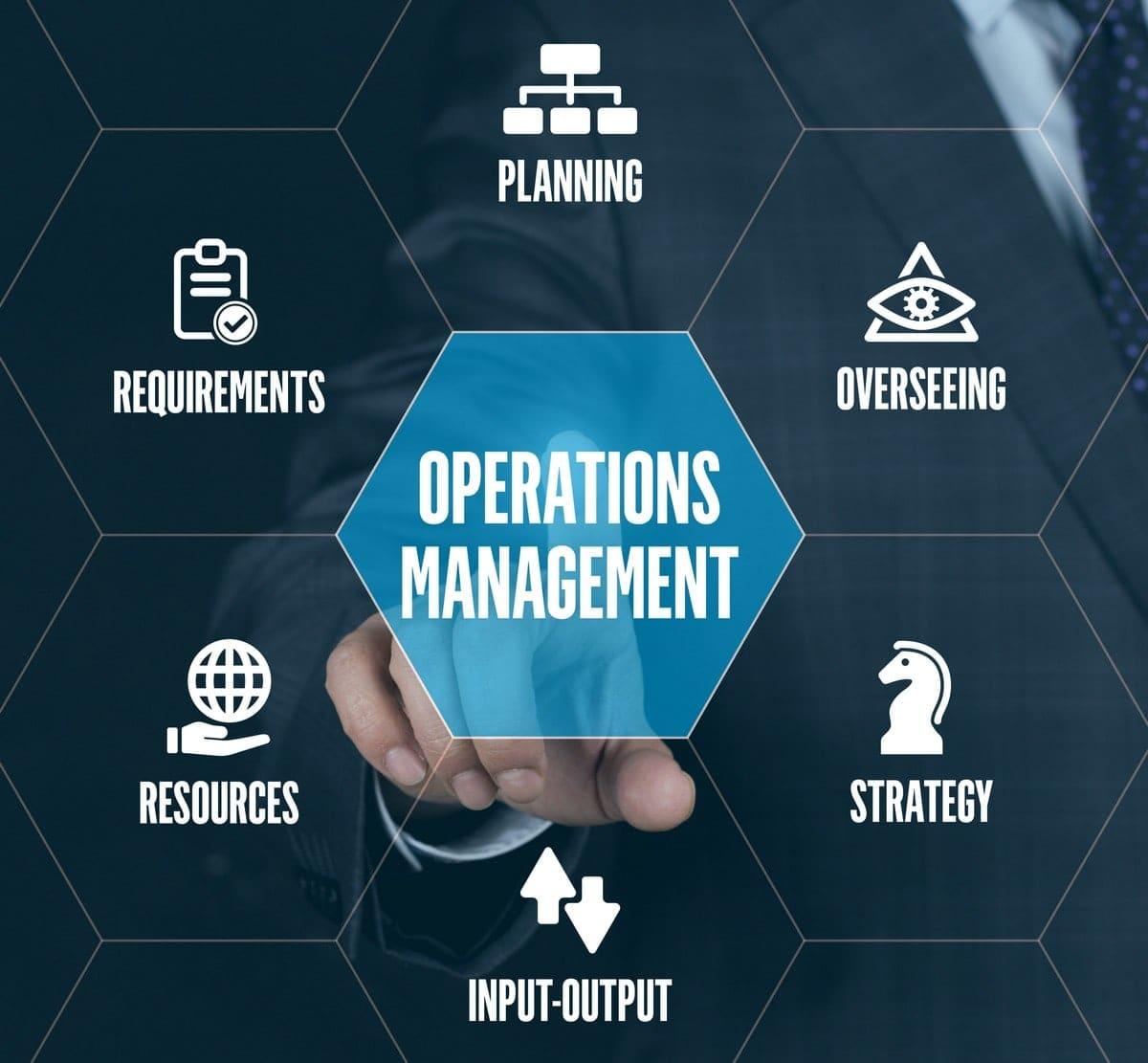Understanding the Impact of AI Tools on Operational Efficiency

In the evolving landscape of modern business, operational efficiency is a critical driver of success. Organizations are increasingly turning to AI tools for operations management to enhance their processes, reduce costs, and improve overall productivity. This article explores the impact of AI tools on operational efficiency, examining their applications, benefits, challenges, and best practices for implementation.
The Role of AI Tools in Operations Management
AI tools encompass a range of technologies that leverage artificial intelligence to automate tasks, analyze data, and provide insights that facilitate decision-making. In the context of operations management, these tools can transform how businesses function, enabling them to optimize processes and gain a competitive edge.
Key Applications of AI Tools in Operations Management
-
Supply Chain Optimization: AI tools can analyze historical data and market trends to optimize inventory levels, manage logistics, and predict demand fluctuations. This leads to reduced costs and improved service delivery.
-
Predictive Maintenance: In manufacturing, AI tools monitor equipment performance to predict failures before they occur. This proactive approach minimizes downtime and maintenance costs.
-
Automated Customer Service: AI-powered chatbots and virtual assistants can handle customer inquiries, providing instant responses and freeing human agents for more complex tasks.
-
Data Analytics: AI excels at processing large datasets quickly, identifying trends and insights that inform strategic decision-making.
-
Workforce Management: AI tools can optimize workforce scheduling and resource allocation, ensuring that the right personnel are available at the right time.
Benefits of AI Tools for Operational Efficiency
1. Enhanced Productivity
One of the most significant advantages of integrating AI tools into operations management is increased productivity. By automating routine tasks, organizations can allocate resources more effectively.
-
Time Savings: Automation of repetitive tasks, such as data entry and inventory management, reduces the time spent on manual processes, allowing employees to focus on higher-value activities.
-
Improved Workflow: AI tools streamline workflows by providing real-time data and insights, enabling faster decision-making and task execution.
2. Improved Accuracy
AI tools help minimize human error, leading to more accurate outcomes.
-
Data-Driven Insights: AI algorithms process data more accurately than humans, reducing the chances of mistakes and improving the reliability of forecasts.
-
Consistent Performance: AI systems execute tasks consistently, ensuring that processes are carried out uniformly across the organization.
3. Cost Reduction
The implementation of AI tools can lead to significant cost savings.
-
Operational Costs: By streamlining processes and automating tasks, organizations can lower operational costs. This efficiency can be reinvested in other areas of the business.
-
Minimized Downtime: Predictive maintenance powered by AI significantly reduces equipment failures, leading to lower maintenance costs and less downtime.
4. Enhanced Customer Experience
AI tools can elevate the customer experience in various ways.
-
Personalization: AI can analyze customer data to offer personalized recommendations, enhancing customer engagement and satisfaction.
-
24/7 Availability: AI chatbots can provide instant support to customers at any time, improving response times and overall service quality.
Challenges in Implementing AI Tools for Operational Efficiency
While the benefits of AI tools are substantial, organizations may face several challenges during implementation.
1. Resistance to Change
Employees may be resistant to adopting AI technologies due to fear of job loss or discomfort with new tools.
-
Effective Communication: Clearly communicate the benefits of AI and its role in enhancing employee capabilities to alleviate concerns.
-
Involvement in the Process: Involve employees in the decision-making process and seek their input during the integration phase. This can foster a sense of ownership and acceptance.
2. Data Privacy and Security
As AI tools rely heavily on data, organizations must address concerns related to data privacy and security.
-
Compliance: Ensure that your AI implementations comply with relevant data protection regulations, such as GDPR or HIPAA.
-
Robust Security Measures: Implement strong cybersecurity measures to protect sensitive data from unauthorized access.
3. Integration with Existing Systems
Integrating AI tools with existing operational systems can be complex and time-consuming.
-
Compatibility Issues: Organizations may face compatibility issues between new AI solutions and legacy systems, requiring additional resources for integration.
-
Data Silos: If data is stored in disparate systems, it can hinder the effectiveness of AI solutions. Ensure that data is accessible and well-organized.
Best Practices for Implementing AI Tools
1. Start with Clear Objectives
Before implementing AI tools, it’s essential to define clear objectives for what you want to achieve.
-
Identify Use Cases: Determine specific areas within operations management where AI can drive the most value. This could include supply chain optimization, customer service, or data analytics.
-
Set Measurable Goals: Establish key performance indicators (KPIs) to measure the success of AI initiatives and track progress over time.
2. Invest in Quality Data
Data quality is critical for the success of AI in operations management.
-
Data Collection and Organization: Ensure that data is collected systematically and organized in a way that makes it easily accessible for AI analysis.
-
Data Cleansing: Regularly review and cleanse data to eliminate inaccuracies and ensure that AI systems have high-quality inputs.
3. Foster a Culture of Innovation
Creating a culture that embraces innovation and technology is essential for the successful adoption of AI tools.
-
Encourage Experimentation: Promote a mindset of experimentation, where employees are encouraged to test new ideas and technologies without fear of failure.
-
Cross-Department Collaboration: Foster collaboration among different departments to ensure that AI initiatives align with overall business strategies.
4. Choose the Right Technology Partner
Selecting the right technology partner is crucial for successful AI implementation.
-
Vendor Evaluation: Research potential vendors thoroughly, assessing their experience, reputation, and the specific AI capabilities they offer.
-
Support and Training: Choose a vendor that provides comprehensive support and training to ensure a smooth implementation process.
5. Monitor and Evaluate Performance
After implementing AI tools, organizations should continuously monitor and evaluate their performance.
-
Regular Reviews: Conduct regular reviews to assess the effectiveness of AI initiatives and identify areas for improvement.
-
Adapt and Iterate: Be willing to adapt strategies based on performance feedback and changing business needs.
Conclusion
AI tools for operations management are transforming how organizations operate, offering unprecedented opportunities for efficiency, improved decision-making, and enhanced customer experiences. By embracing these technologies and following best practices for implementation, businesses can harness the full potential of AI. The journey may come with challenges, but the rewards of increased operational efficiency and competitiveness are well worth the effort.
¡Por favor activa el Javascript![ ? ]





